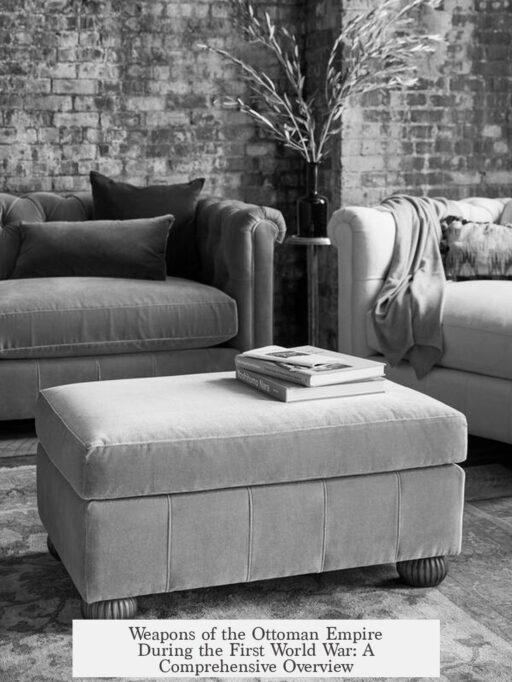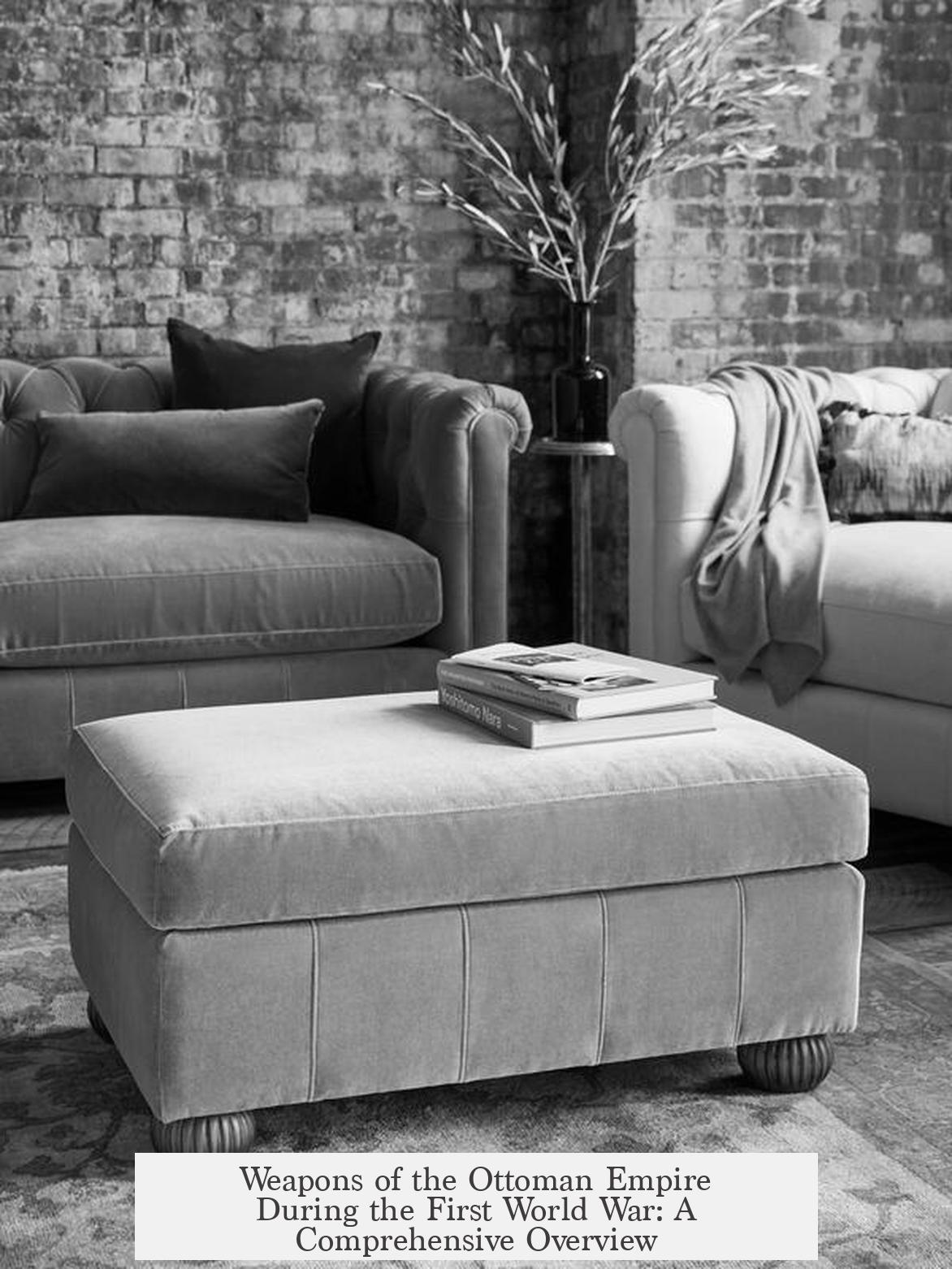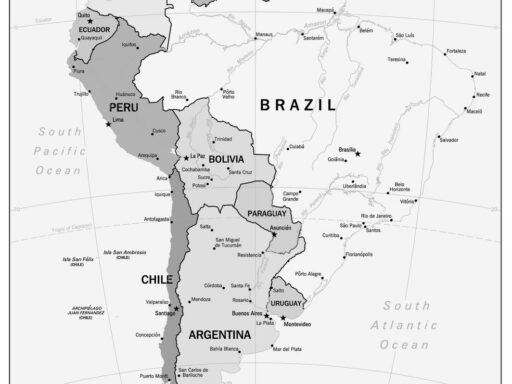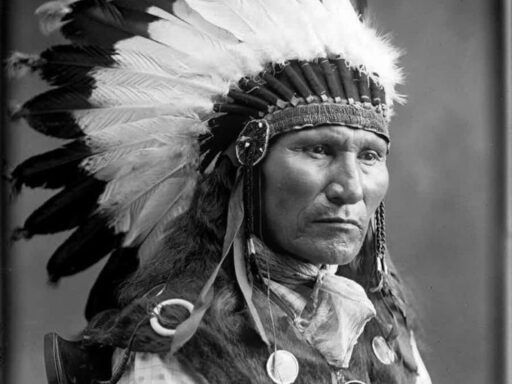The Ottoman Empire primarily used various Mauser rifles chambered for the 7.65x53mm cartridge during the First World War, supplemented by older and diverse firearms including American single-shot rifles, handguns, and revolvers.
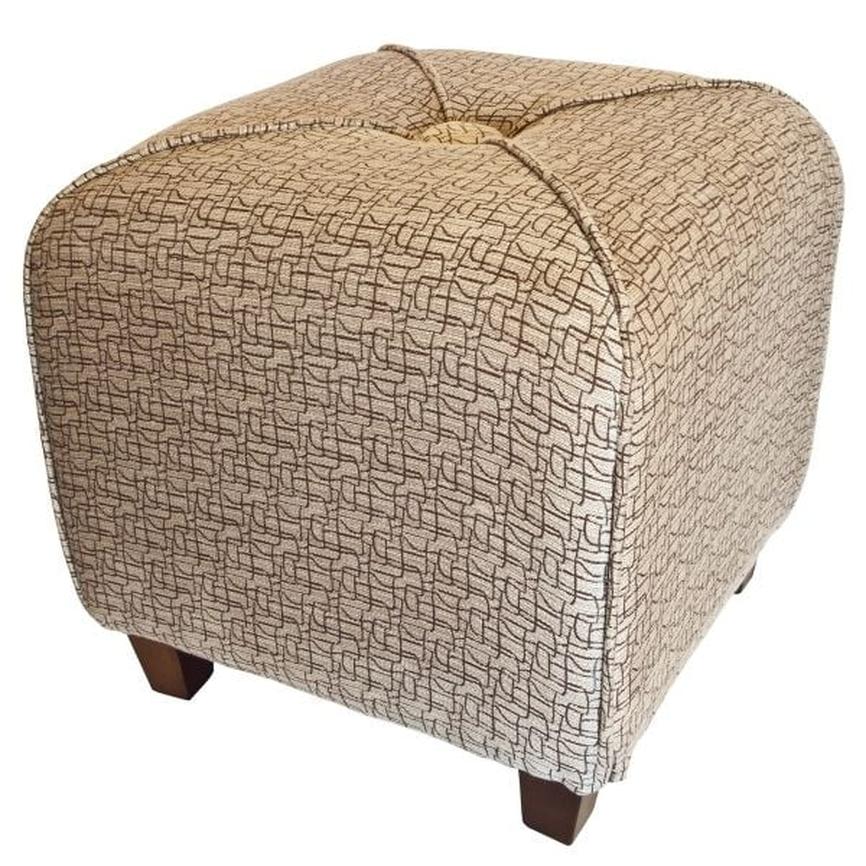
The backbone of the Ottoman infantry was the Mauser 1903, a bolt-action rifle similar to the German Gewehr 1898 but chambered for the 7.65x53mm cartridge. This rifle served as the premier arm of the Ottoman Army but was insufficient in numbers to equip the entire force. It was recognized for its reliability and common cartridge, facilitating consistent logistics.
Complementing the Mauser 1903 was the Model 1905 Carbine, issued mainly to cavalry and artillery troops. Around 20,000 units were made, also using the 7.65x53mm round. This shorter weapon increased mobility for mounted and support troops.
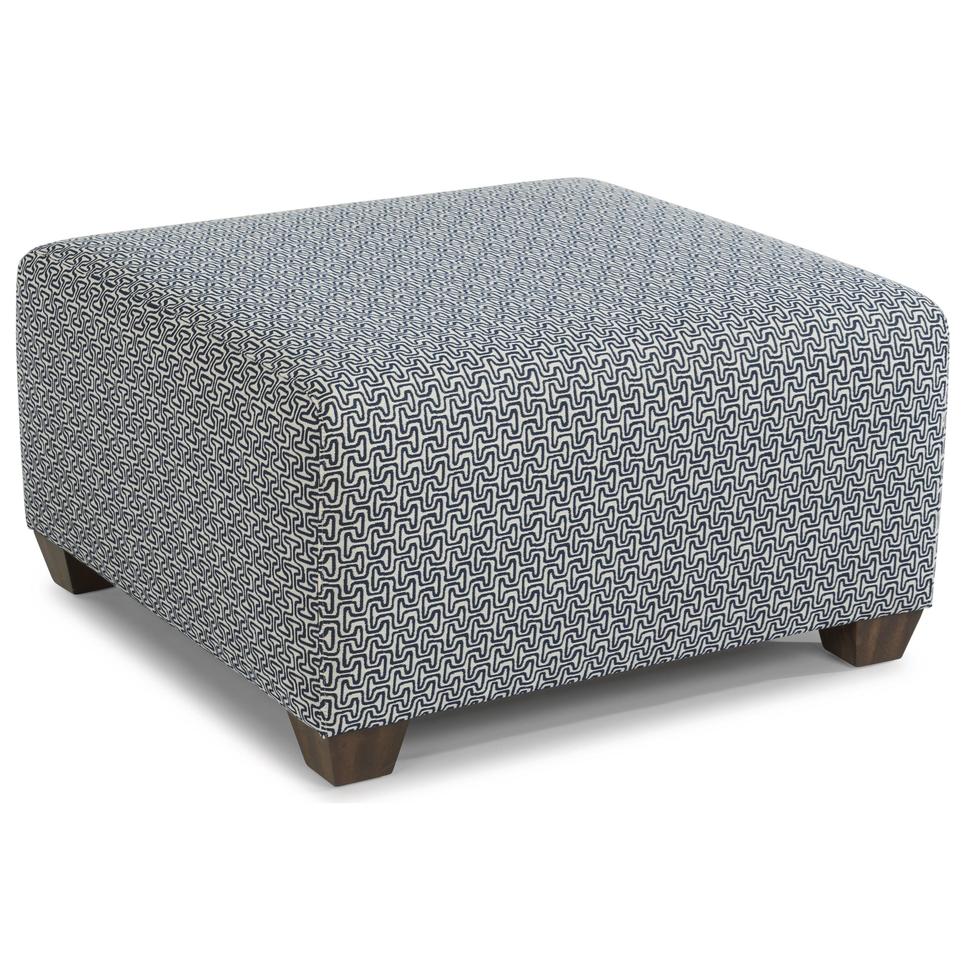
The Ottoman forces also fielded significant numbers of the Mauser 1893, sometimes called the Spanish Mauser due to shared use. Over 200,000 units were delivered, widely distributed among frontline troops. The 1893 model featured a distinctive flush magazine and was chambered for the same 7.65x53mm cartridge, maintaining ammunition compatibility.
A somewhat older model, the Mauser 1890, based on the Belgian 1889 design, equipped troops as well. Despite its dated single-stack magazine, this rifle remained serviceable and used the same 7.65x53mm round. Limited production of a carbine variant occurred to provide compact options for troops requiring shorter arms.
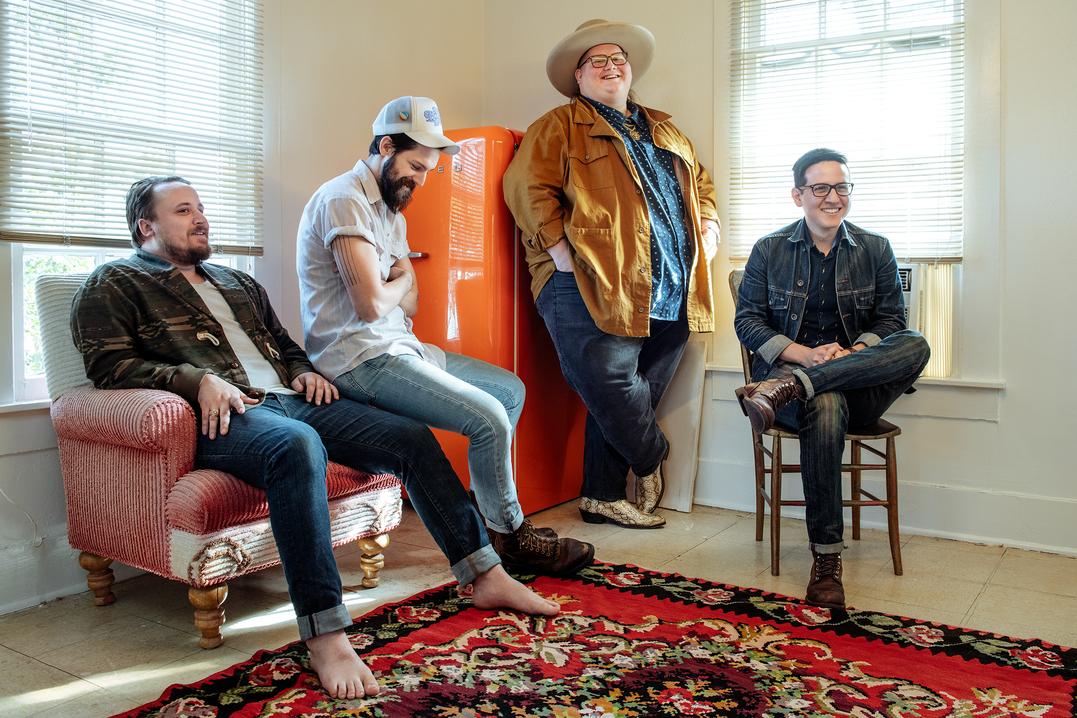
More obsolete weapons remained in service for secondary roles. The Mauser 1887 was a blackpowder rifle firing a large 9.5x60mm cartridge, primarily issued to non-frontline units like guards and trainees. Its outdated design contrasted with the more modern smokeless powder rifles used on the front.
Before the widespread adoption of Mausers, the Ottomans imported American arms like the Peabody-Martini 1874. Originally a blackpowder single-shot rifle, some were converted to fire the 7.65x53mm cartridge. These rifles saw limited frontline use but contributed to the empire’s diverse arsenal.
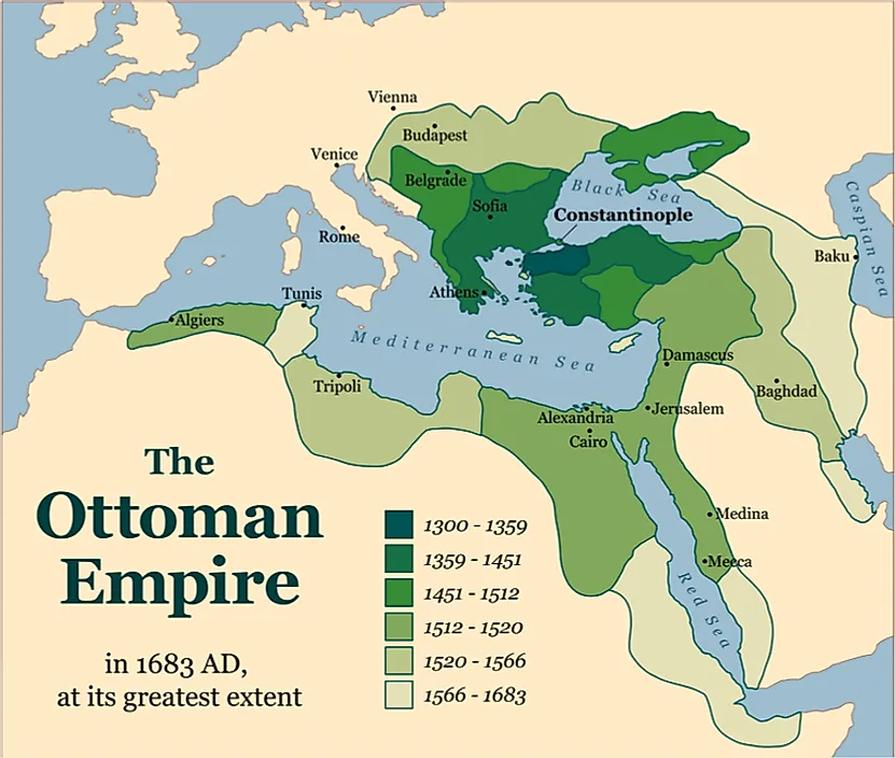
In sidearms, the Ottoman military employed several handgun models. The FN-Browning M1903 was widespread among both military and police forces. Earlier Browning models, including the Model 1900, were also present in smaller numbers.
The Mauser C96, popular in many armies, was bought in limited quantities—about 1,000 units—and was one of the first foreign customers for this model. Known locally as the “Cone-hammer Mauser” due to its early design feature, it provided a semi-automatic pistol option for officers and specialized troops.
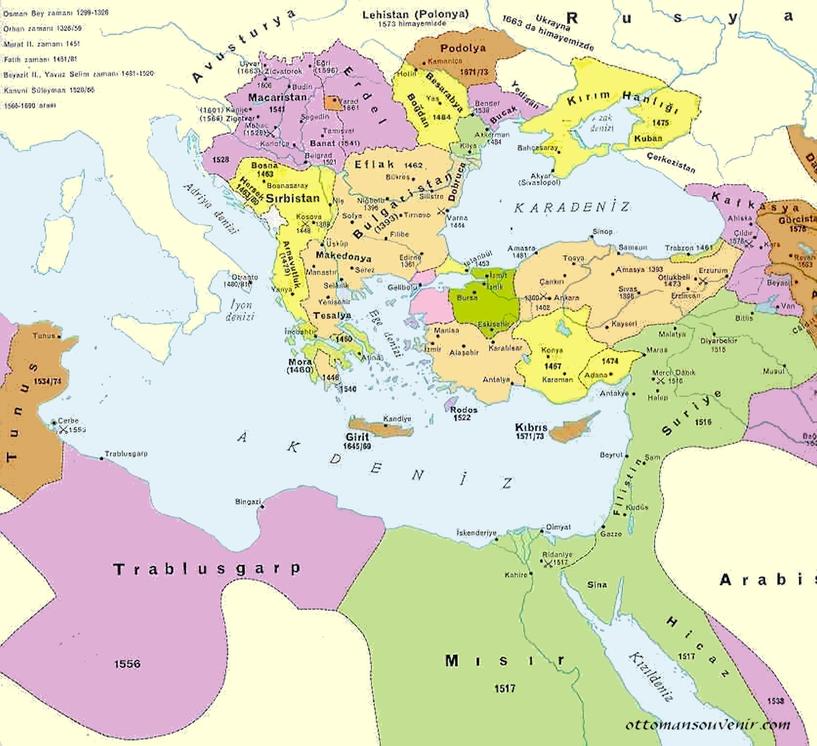
Older revolvers such as the Smith and Wesson No. 3 remained in Ottoman inventories. Purchased in small batches during the 1870s, these revolvers were still found among some forces during the First World War. Their numbers paled compared to countries like Russia, which procured hundreds of thousands.
| Weapon Type | Model | Caliber / Cartridge | Role | Comments |
|---|---|---|---|---|
| Rifle | Mauser 1903 | 7.65x53mm | Primary infantry weapon | Limited quantities |
| Carbine | Model 1905 | 7.65x53mm | Cavalry and artillery troops | About 20,000 units |
| Rifle | Mauser 1893 | 7.65x53mm | Frontline infantry | 200,000+ ordered |
| Rifle | Mauser 1890 | 7.65x53mm | Frontline infantry | Dated design, limited carbine |
| Rifle (blackpowder) | Mauser 1887 | 9.5x60mm | Guards, trainees | Outdated |
| Rifle (single-shot) | Peabody-Martini 1874 | 7.65x53mm (converted) | Limited frontline use | Imported earlier from US |
| Handgun | FN-Browning M1903 & Model 1900 | Various calibers | Military and police | Several thousand units |
| Handgun | Mauser C96 | 7.63x25mm Mauser | Officers and specialists | About 1,000 units |
| Revolver | Smith and Wesson No. 3 | .44 caliber | Limited use | Small purchases since 1870s |
The Ottoman Empire’s diverse arsenal in World War I reflects its transitional status and reliance on foreign designs and imports. Mauser rifles dominated due to their modern design and ammunition standardization. Yet, older firearms remained in use outside main combat roles. Sidearms varied from advanced pistols to older revolvers, illustrating supply limitations and incremental modernization.
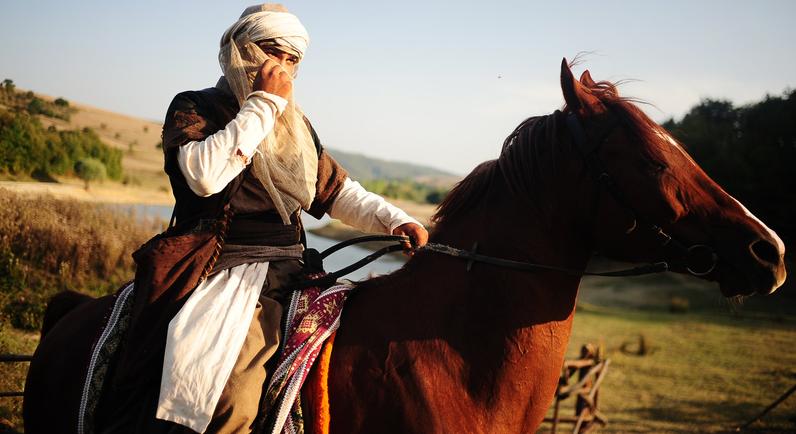
- Mauser 1903 was the main infantry rifle, using 7.65x53mm rounds.
- Diverse Mauser models, including 1893 and 1890, supplemented frontline forces.
- Obsolete blackpowder rifles and American single-shots supported non-frontline units.
- Handguns included Browning pistols, limited Mauser C96s, and old revolvers.
- The standardization on 7.65x53mm ammunition eased logistics despite varied rifle models.
What Weapons Did the Ottoman Empire Use in the First World War?
The Ottoman Empire wielded a diverse arsenal during World War I, primarily relying on German Mauser rifles and assorted handguns acquired over decades. Their weaponry reflects a mix of newer models and older, often outdated firearms, showing a military struggling to modernize while coping with logistical challenges.

When we talk about the guns the Ottomans carried into battle from 1914 to 1918, a few names pop up more than others. While their allies, Germany and Austria-Hungary, boasted up-to-date arsenals, the Ottomans mixed modern and vintage pieces to outfit their troops. Why? Limited production capacity and longstanding contracts meant a motley arsenal.
Rifles: The Backbone of Ottoman Infantry
The Mauser 1903 stands out as the Ottoman army’s premier rifle during World War I. It’s basically a close cousin of Germany’s famous Gewehr 1898. Both rifles look almost identical to the untrained eye, but the Ottomans’ version fired the 7.65x53mm cartridge—a round favored by other countries like Belgium and Argentina but not the Germans themselves, who preferred the 7.92x57mm “8mm Mauser.”
Despite being the “go-to” rifle, the Ottoman Empire didn’t have nearly enough Mauser 1903s for every soldier. So, what did the rest use? A raft of older Mauser models, some dating back decades.
- Model 1905 Carbine: This was a special tool for cavalry and artillery units. Although it shares the 7.65x53mm round with the 1903, only about 20,000 were made, making it quite rare.
- Mauser 1893: Known as the Spanish Mauser too, this rifle was still issued widely to frontline troops at the start of the war. The 1893 model introduced the flush magazine, an innovation at its time. Over 200,000 were ordered, making it a backbone weapon alongside the 1903.
- Mauser 1890: A Belgian model predecessor, this rifle sported an older single-stack magazine design. It didn’t have all the bells and whistles of later Mausers but was serviceable and used the same 7.65x53mm round. A carbine variant existed but was limited.
- Mauser 1887: Now we’re dipping into relic territory. This blackpowder rifle fired a massive 9.5x60mm round and was basically obsolete by World War I. Still, it was handed out to guards and trainees—whoever needed a rifle but weren’t front-liners.
- Peabody-Martini 1874: This was the Ottoman’s “old faithful” before their Mauser obsession. Bought from the U.S. in the 1870s, it was a single-shot rifle originally using blackpowder cartridges. By WWI, surviving units had their chambers updated to use the 7.65x53mm round.
So in essence, an Ottoman soldier could show up with a sword, a Mauser 1890, or even a Peabody-Martini, depending on the unit and availability.
Handguns: Pistols and Revolvers of Varied Origins
When it came to pistols, the Ottoman Empire leaned heavily on European manufacturers, purchasing several thousand pistols that equipped soldiers and police forces alike.
- FN-Browning M1903: Manufactured by the famous Belgian FN company, the M1903 was a standard sidearm. The earlier Model 1900 pistol was also spotted in service, though less common.
- Mauser C96: This distinctive “broomhandle” Mauser pistol was an early favorite of the Ottomans, even though they bought only about 1,000 units. They were among the Mauser C96’s first foreign buyers in 1897. Quick note: They nicknamed the original version the “Cone-hammer Mauser” because of its unique internal mechanism design.
- Smith & Wesson No. 3 Revolver: Another relic in WWI Ottoman hands, these revolvers were imported in small batches starting in the 1870s. Despite relatively low numbers compared to contemporaries like the Russians, they remained in service due to shortages and logistic realities.
The Practical Side: Challenges and Makeshift Solutions
The Ottoman army’s patchwork of rifles and pistols tells a story beyond just firearms—it reflects a military struggling to maintain supply lines, keep troops supplied with compatible ammunition, and adapt within a rapidly modernizing battlefield. By sticking largely to 7.65x53mm rifles, the Empire simplified logistics but still relied on an array of models manufactured across decades.
Imagine being a sergeant in 1916, trying to train a platoon where half have new Mauser 1903 rifles, others hold vintage 1887 blackpowder rifles, and a few carry Spanish Mausers. Ammunition compatibility helped, but weapons maintenance must have been a nightmare.
What’s the Big Picture?
The Ottomans weren’t lacking ambition—they got the latest weapons they could afford or source. But limited industrial capacity at home and reliance on foreign imports meant the army’s arsenal was eclectic. The use of older guns like the Peabody-Martini or the Mauser 1887 shows a compromise between necessity and availability.
In comparison, their German allies leaned almost exclusively on the Gewehr 98 and newer weapons, showing a difference in manufacturing power and military modernization. The Ottomans, though aligned with formidable allies, operated under constraints that shaped their unique armament profile in WWI.
Why Does This Matter?
Understanding the guns of Ottoman soldiers helps historians and enthusiasts see the realities behind the empire’s military efforts and struggles. It’s not just about flashy new rifles or iconic pistols. It’s about soldiers fighting with whatever they had available, entangled in a complex web of imports, outdated weapons, and alliances.
Next time you watch a WWI documentary or read about the Gallipoli Campaign, think about the variety of rifles and sidearms in the hands of Ottoman troops. These weapons didn’t just represent firepower; they were symbols of a great empire’s effort to keep pace with a rapidly changing world, sometimes falling short but always persistent.
Bonus Thought: What If The Ottomans Had More Mauser 1903s?
Would more standardization have turned the tide in some skirmishes? Maybe. More advanced rifles often mean quicker reloads, easier training, and higher morale.But warfare is never just about equipment—strategy, terrain, and luck matter just as much. Still, a fully equipped Ottoman rifle corps with the 1903 would have been a fearsome sight.
History leaves room for “what ifs,” but what it doesn’t leave room for is ignoring the reality the Ottoman Empire faced: a diverse, sometimes outdated, but resilient collection of weapons shaping the course of their World War I experience.
